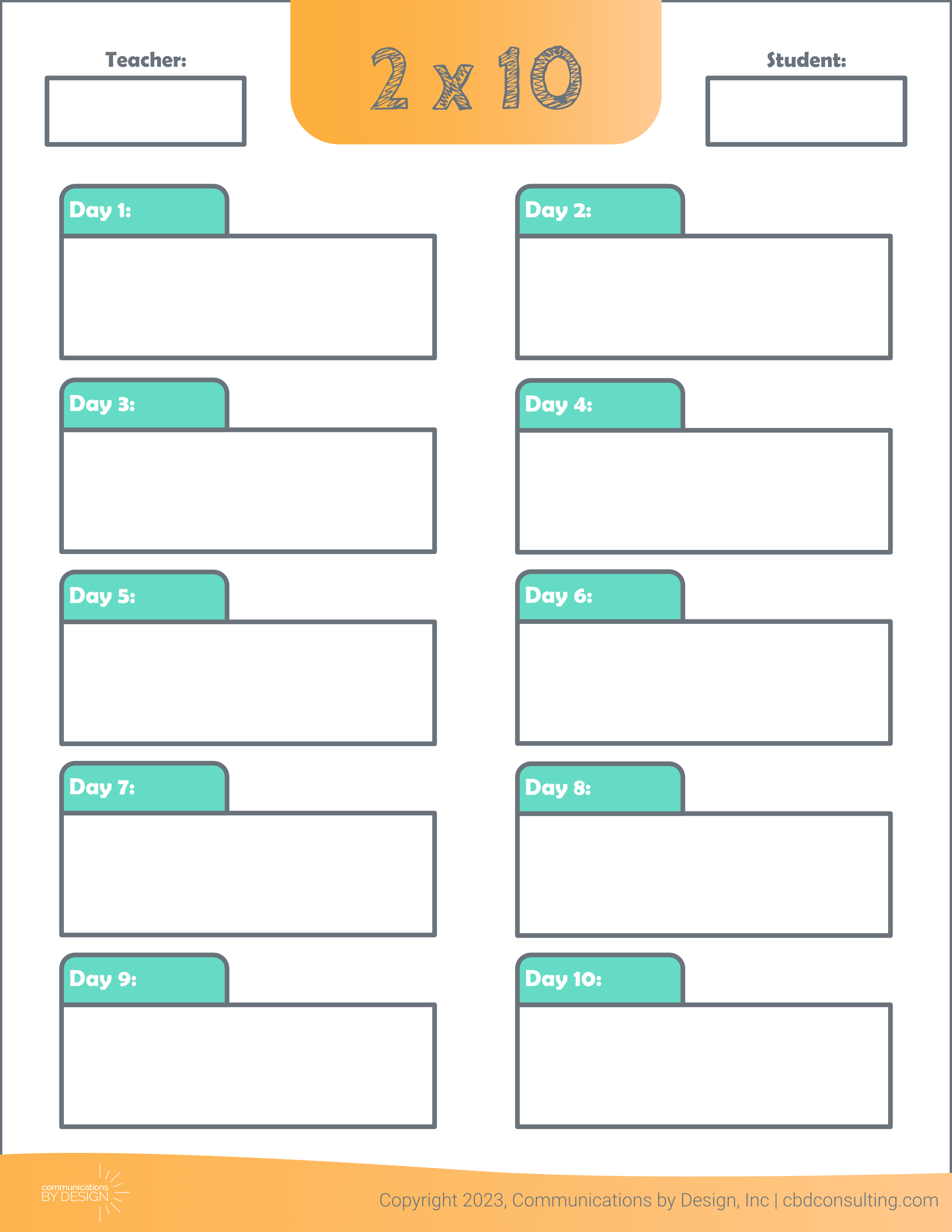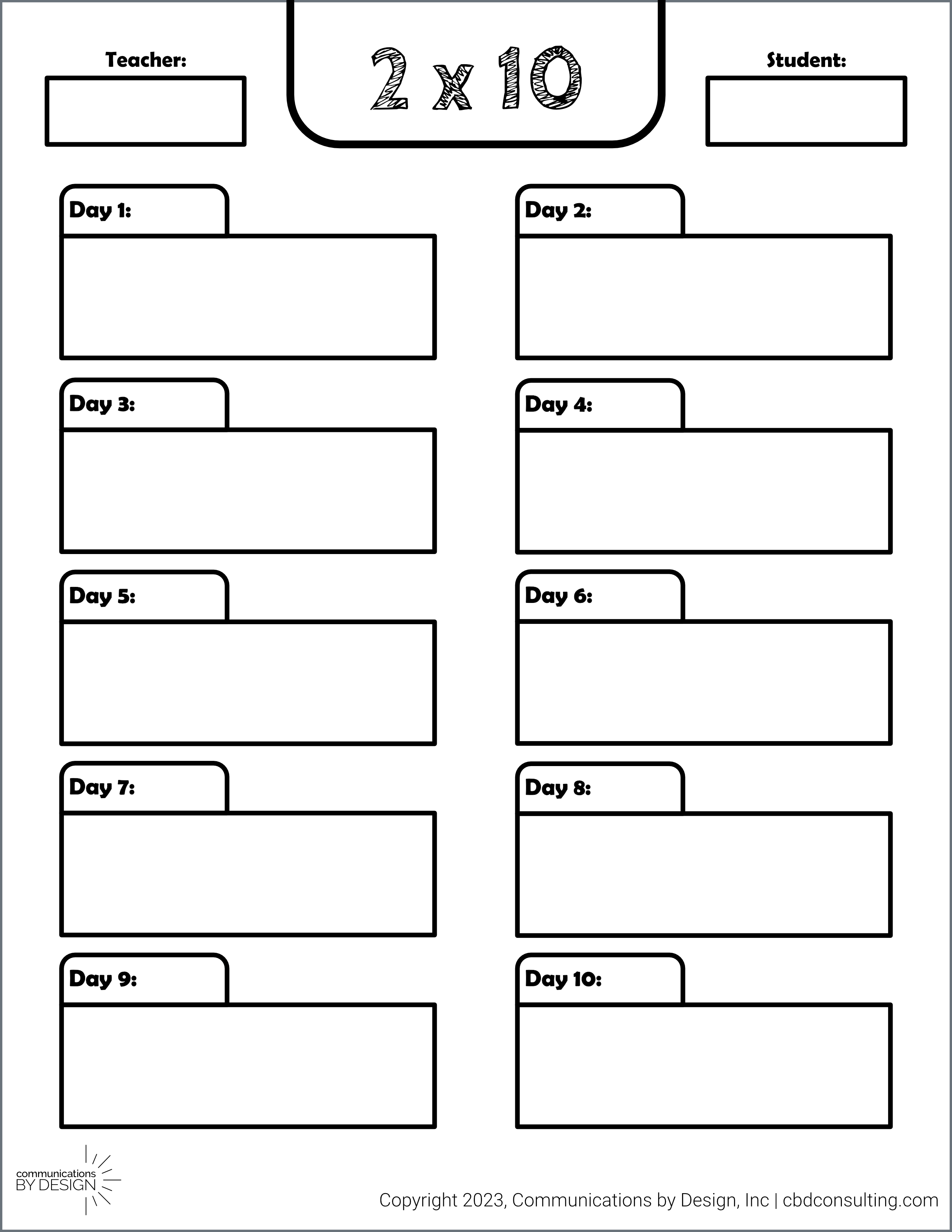How can teachers improve credibility?
Perhaps an even more fitting question here is how can teachers improve credibility with their hardest to reach students?
Recall in the previous lessons how we examined what engagement looks like through the Engagement Framework and the need to focus foremost on the first of the six items: Credibility.
The challenge here is that improving credibility (trust, competence, dynamism, and immediacy) is not only challenging but also ongoing. For that reason, most effective strategies are more habits of practice than one-off activities. As such, the most compelling practices are those that can make the biggest difference in the most challenging situations. Enter 2×10.
2×10, first developed by Dr. Raymond Wlodkowski, has been proven to demonstrate consistent success in improving relationships with students. Watch this video to learn more about the strategy, and think about how you might integrate it into your own practice. (For your convenience, the video transcript is included below.)
Check out these printable graphic organizers to help:
BEGIN TRANSCRIPT
I’m Amy with Communications by Design, and in this video I want to explain an engagement strategy for improving teacher credibility and relationships with students.
This is 2×10!
Also called the Two-Minute Interview, 2×10 is an intensive behavioral intervention developed by Dr. Raymond Wlodkowski.
The strategy was designed to improve engagement and motivation with the hardest to reach students and takes advantage of a simple fact of relationships: if we want our students to believe we care, we need to show them that we care.
Because of its intensive nature, 2×10 is a strategy to use with your hardest-to-reach students. This might be a student who sits in the back of the room and never speaks up, or someone who is putting in very little effort on assignments and avoids interacting with you.
The 2×10 strategy is simply to talk with this student for two minutes, 10 days in a row. This conversation should connect to interests of the student. It should not be about academics, or feel corrective or punitive. Instead, you want to demonstrate sincere intent to connect and know the student better. It may take some time to get responses from the student or engage them in an actual conversation, but if you keep at it, the student might start responding with more than just grunts and groans, and by day ten, you should know enough about the student to hold a casual passing conversation. And the student will know you care enough to ask personal questions and remember details about them–all without an agenda.
2×10 can’t solve all problems, but it is a proven strategy for connecting with our hardest to reach students, improving teacher credibility, and cultivating deeper student engagement.
END TRANSCRIPT



